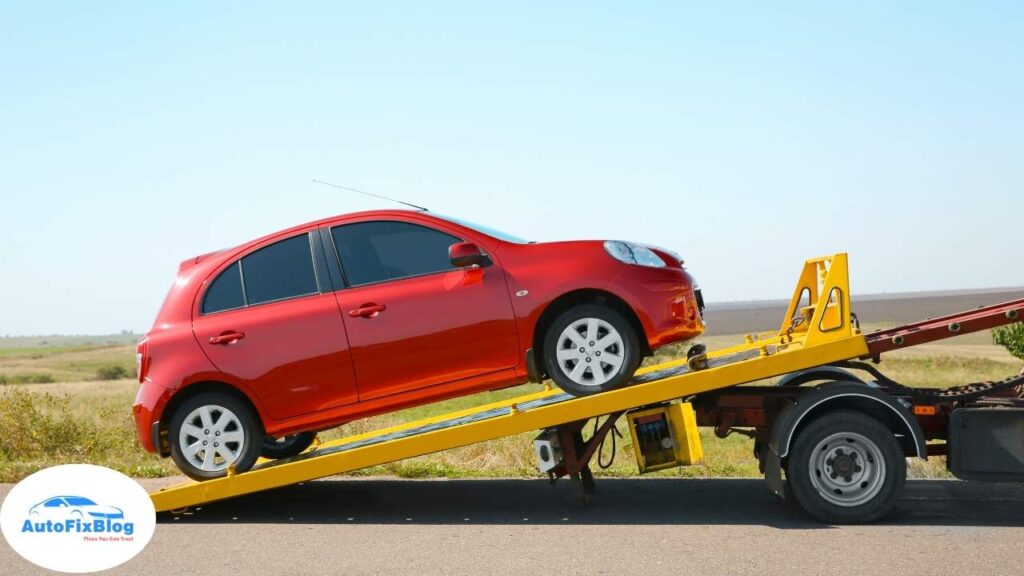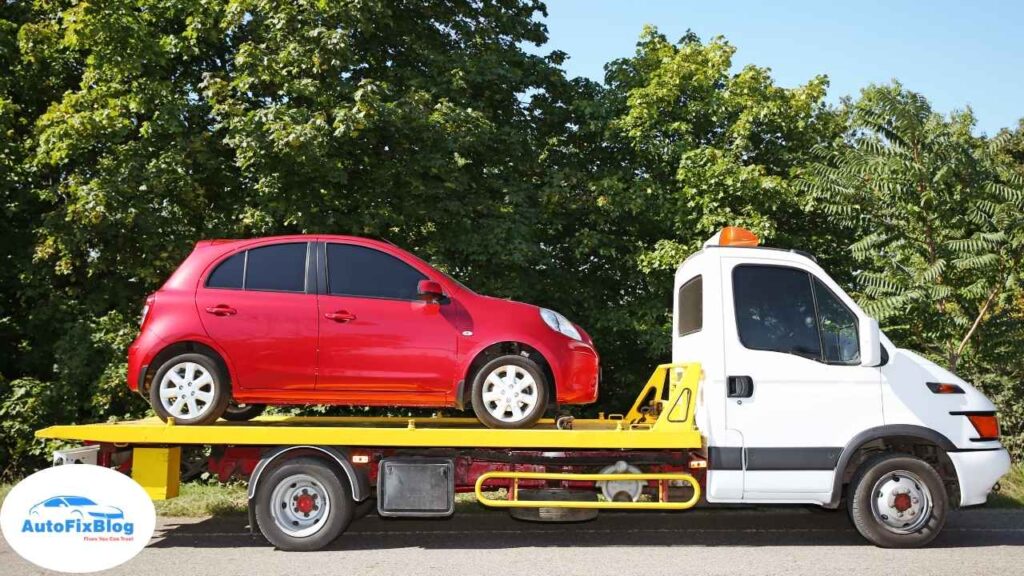As cars age, they become more prone to breakdowns, repairs, and increased maintenance costs. When a vehicle reaches the end of its life or no longer meets your needs, it may be time to part ways.
But deciding how to get rid of an old car involves considering various options, from selling it to donating or even recycling. In this guide, we’ll explore the best ways to get rid of an old car, including pros and cons, potential financial benefits, and how to make the most out of your vehicle.
Understanding how to get rid of an old car goes beyond simply selling or discarding it. It’s about evaluating options that maximize value, reduce hassle, and maybe even help the environment.
1. Assessing the Condition of Your Car
Before you decide how to get rid of an old car, take time to evaluate its condition. This will help you determine the best disposal method, as some cars may still hold value despite age or mileage. Here are a few key points to consider:
- Mileage and Mechanical Condition: Check the mileage and overall mechanical state. High-mileage cars with fixing car issues may not be appealing for resale but could still be valuable for parts.
- Exterior and Interior Condition: Cars with intact interiors, clean upholstery, and minimal body damage can fetch a higher price when sold.
- Inspection and Emissions Status: Ensure the car meets local inspection or emissions requirements. This will make it easier to sell privately or through a dealer.
Once you have a clear picture of your car’s condition, you can start exploring different options.
2. Selling the Car Privately
Selling your car privately can often yield the highest return. However, it does require effort in listing, meeting with potential buyers, and negotiating a sale price.
- Pros: Higher price compared to trade-ins or scrap; control over the selling price.
- Cons: Requires time and effort; may need to fix some issues to make it appealing to buyers.
Here’s how to proceed with a private sale:
- Prepare the Vehicle: Clean the car inside and out, and make any minor repairs that could increase its value.
- Set a Fair Price: Research similar vehicles in your area to set a competitive price. Platforms like Kelley Blue Book or Edmunds can give a good estimate.
- Create an Effective Listing: Use clear photos and a detailed description to highlight the car’s best features, mileage, and any recent maintenance.
- Be Transparent: Let buyers know about any mechanical issues upfront, especially if there are persistent fixing car issues that they need to be aware of.
Selling privately works well if the car is still in decent condition, but it’s less ideal for cars that don’t run or have major problems.

3. Trading in at a Dealership
If you plan to buy a new vehicle, consider trading in your old car at the dealership. This can be a convenient option as it reduces the hassle of finding a buyer.
- Pros: Convenient; reduces the price of a new vehicle purchase.
- Cons: Typically offers lower value than selling privately.
Dealerships offer trade-in programs that apply the car’s value toward your new purchase. While trade-ins generally yield less money than a private sale, they save time and effort. Here’s how to approach a trade-in:
- Get an Estimate: Use online tools to get an idea of your car’s trade-in value.
- Negotiate the Trade-In Value: Dealerships usually offer low initial offers, so don’t hesitate to negotiate.
Understand the Tax Benefits: Many states only tax the difference between your trade-in and the new car purchase, which can save you money on taxes.
4. Donating the Car to Charity
Donating an old car can be a great option for those who want to give back to their community. Many charities accept vehicle donations, which they often sell to raise funds for their programs.
- Pros: Supports a good cause; potential tax deduction.
- Cons: May not yield any financial return.
Here’s how the donation process typically works:
- Find a Reputable Charity: Make sure the organization accepts vehicle donations and is registered as a tax-exempt charity.
- Arrange for Pickup: Many charities offer free pickup for donated vehicles, even if they’re not running.
- Get a Receipt for Taxes: After donating, you’ll receive a receipt that allows you to claim the donation as a tax deduction if you itemize deductions on your tax return.
Be sure to consult with a tax professional to understand how the deduction could benefit you financially.
5. Selling to a Junkyard or Scrapyard
If your car is in poor condition and you’re wondering how to get rid of an old car that barely runs, selling it to a junkyard is often a practical option. Junkyards will pay for vehicles based on their scrap metal value.
- Pros: Quick and easy disposal; good for cars that no longer run.
- Cons: Low financial return.
Here’s what to keep in mind when selling to a junkyard:
- Get Multiple Quotes: Junkyards offer varying prices based on metal value, so it’s worth calling several to compare offers.
- Check Local Regulations: Ensure that the junkyard operates legally and will handle the title transfer correctly.
- Remove Personal Belongings: Before handing over the car, check for any personal items, including registration or insurance documents.
Selling to a junkyard is an ideal option if the car is no longer operable or if fixing car issues would cost more than the car’s value.
6. Selling the Car for Parts
If the car has salvageable parts, selling individual parts can often bring in more money than selling the entire vehicle, especially if it’s a model with high demand for parts.
- Pros: Can yield higher returns than selling as a whole; good for vehicles with valuable components.
- Cons: Time-consuming; requires knowledge about car parts.
To start, identify valuable components like the engine, transmission, rims, and electronic components. Advertise them online through car parts marketplaces or local listings. This process requires time and effort, so it’s best suited for those comfortable with auto dismantling.
7. Recycling the Car
If you’re concerned about the environmental impact, consider recycling your car. Recycling helps reduce waste by reusing metals and other materials, making it a more eco-friendly choice.
- Pros: Environmentally responsible; may earn a small amount of money.
- Cons: Often yields low financial return.
Many scrap yards will handle the recycling process for you, breaking down the vehicle and recycling its materials. Some may even pick up the car for free. This is a great option if the car isn’t running and has little resale value, as it ensures that fewer resources are wasted.
8. How to Handle Paperwork When Getting Rid of Your Car
Regardless of how you choose how to get rid of an old car, handling the paperwork correctly is crucial. Here are key steps to keep in mind:
- Transfer the Title: Make sure to transfer ownership to the buyer, junkyard, or charity. Failing to do so could result in legal liabilities if the car is used improperly after the sale.
- Cancel Insurance: Once the car is no longer in your possession, contact your insurer to cancel coverage and avoid paying unnecessary premiums.
- Remove the License Plates: Some states require you to return the plates to the DMV, while others allow you to keep them.
- Get a Bill of Sale: This protects both you and the buyer by providing proof of the transaction.
9. Tips for Deciding How to Get Rid of an Old Car
If you’re still unsure how to get rid of an old car, here are some tips to help you decide:
- Calculate Repair Costs: If your car is still running, consider whether fixing it is more cost-effective than buying a new one. Sometimes, fixing car issues can extend its life significantly.
- Consider the Time Investment: Selling privately or for parts may yield more money, but it also requires time and effort.
- Factor in Emotional Value: If you have sentimental attachments, consider passing the car to a family member or donating it to a good cause.
Deciding how to get rid of an old car doesn’t have to be complicated. From selling and donating to recycling, each option has its own benefits, depending on your priorities and the car’s condition. Whether you choose to sell privately, trade it in, donate, or recycle, the key is to select the method that aligns with your needs and values.
Ultimately, getting rid of an old car can bring relief and open the door to a newer, more reliable vehicle. By handling the process thoughtfully and responsibly, you’ll find the best option that benefits both you and the environment.



